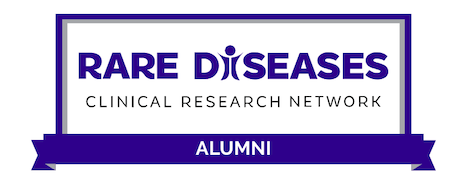What is blepharospasm/craniofacial dystonia?
Blepharospasm is characterized by excessive eye blinking, with spasms of the muscles around the eyes. Blinking and spasms can be worsened by a number of things, such as bright lights, reading, or stress. In some cases, muscles around the mouth become affected too, with lip puckering, grimacing, or other lip movements. When both the eyes and mouth are affected, the diagnosis is craniofacial dystonia, sometimes called Meige syndrome. A related but relatively uncommon problem is oromandibular dystonia, when only the lower face, jaw, and tongue are involved.
Who gets blepharospasm/craniofacial dystonia?
People of all ages and all races all over the world get blepharospasm and craniofacial dystonia. It most commonly begins in middle age, between 40-65 years old. In rare cases, it may begin in children or older adults. People of both sexes are affected, but it is more common in women.
What causes blepharospasm/craniofacial dystonia?
In most cases, the cause of blepharospasm and craniofacial dystonia is unknown.
How is blepharospasm/craniofacial dystonia diagnosed?
The diagnosis of blepharospasm and craniofacial dystonia depends on recognition of its characteristic features by an expert, such as a neurologist or ophthalmologist. There are no medical tests for proving the diagnosis, but some tests may be conducted to rule out other possible problems. These may include tests for allergies or dry eyes or scans of the brain.
Are there treatments for blepharospasm/craniofacial dystonia?
The most useful treatments for blepharospasm and craniofacial dystonia involve quieting the overactive muscles by injecting them with a muscle relaxer. The most commonly used medications are the botulinum toxins. Some patients also take pills.

